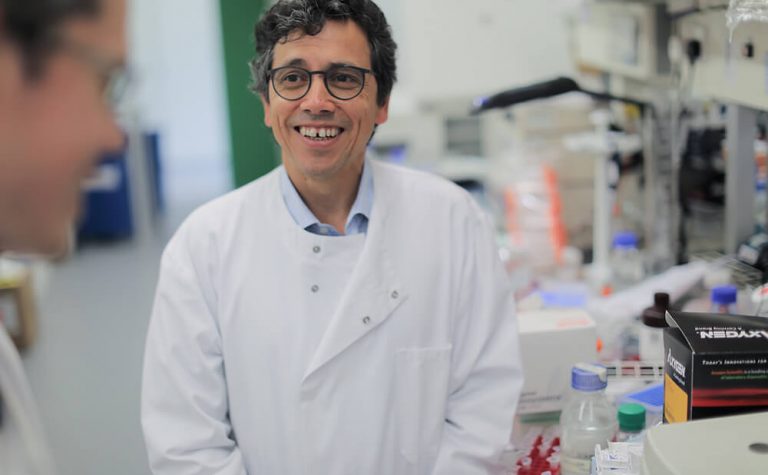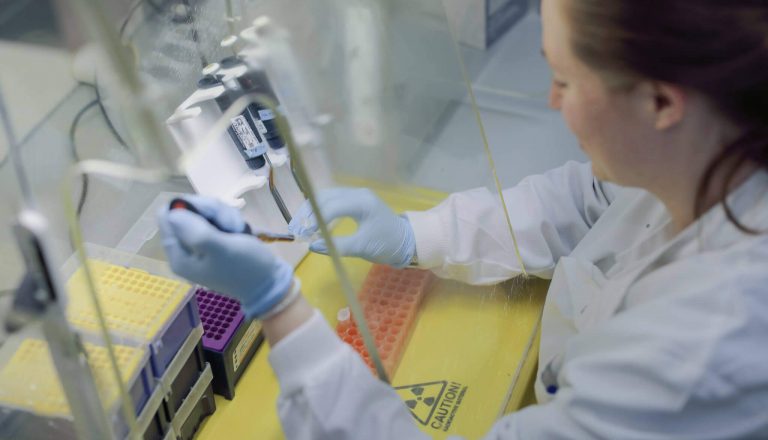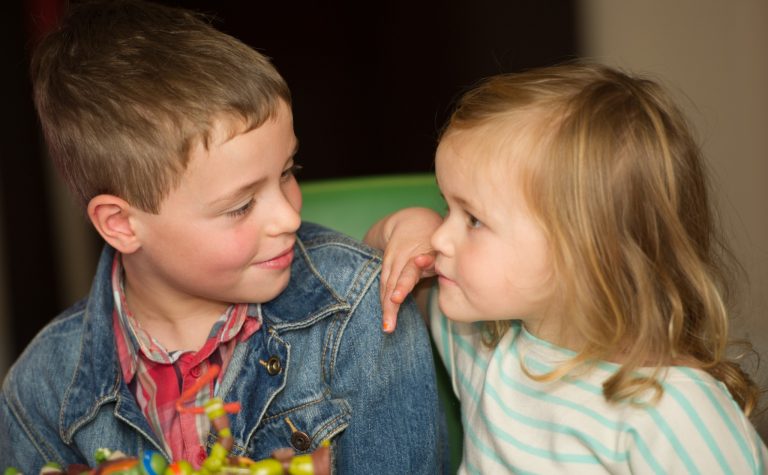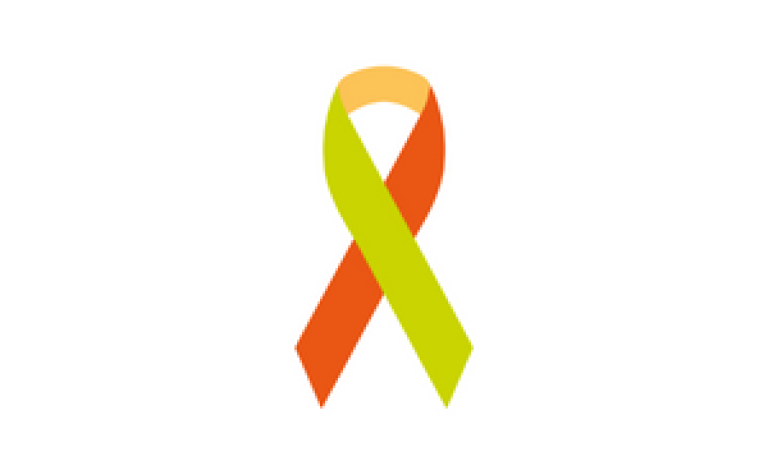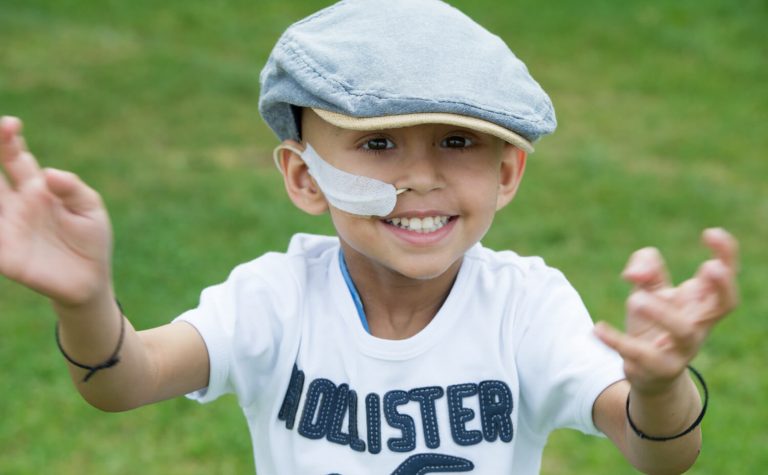Acute lymphoblastic leukaemia is the most common form of childhood cancer, with around 400 children diagnosed every year in the UK. Although 90% of these children can now be cured, this survival rate has only been achieved with the most intensive and thus most toxic treatment protocol of almost any other childhood cancer. This project could pave the way for the development of new treatments, particularly for the group of high-risk children with resistant disease.
This project was being funded in collaboration with Great Ormond Street Hospital Children’s Charity, with each charity contributing 50% of the total cost of £284,15
Thank you
This research project on acute lymphoblastic leukaemia has been successfully completed. Your donations allow us to fund ground-breaking research that can improve treatments given to children with cancer. Thank you. Your help allows us to continue to find ways to drive up the chances of survival for children with cancer and reduce the toxic side effects that can affect the rest of their lives.
